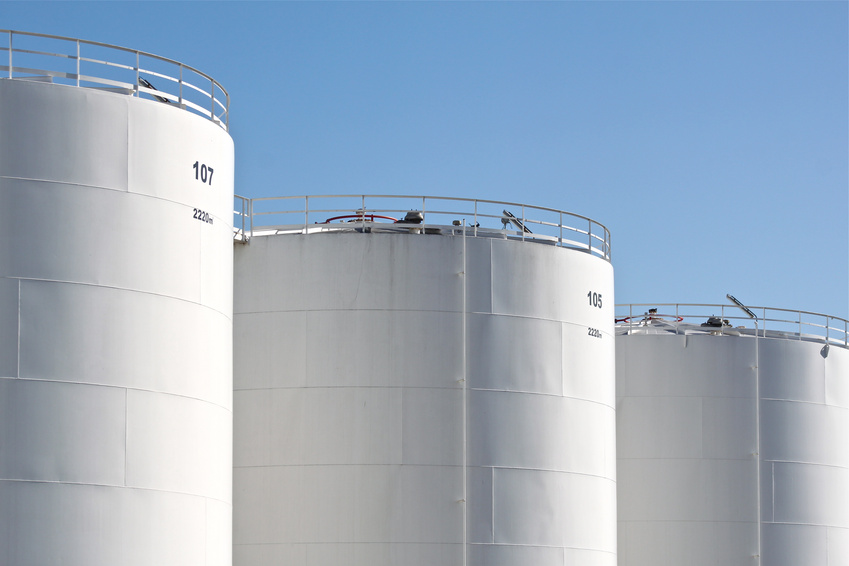
In March of 2015, nearly 1,500 gallons of oil spilled into the Yakima River in Washington. The spill was the result of a failed storage tank, and resulted in a minimum of 50 waterfowl observed covered in oil. Spills like this are detrimental to the environment, and reminders of the importance of properly constructed and maintained above ground storage tanks.
If you’re looking for a liquid fertilizer tank, or a steel storage tank, gathering information on storage tank standards is crucial. You must determine for how long you need the storage tank and what you will be storing inside. Any tank used for more than one month, but less than one year is considered a temporary tank. This type of above ground storage tank is held to a different set of standards than any permanent tank containing more than 1,100 gallons of product.
Like any tool on a job-site, storage tanks are subject to inspection and must be kept up to government standards. For example, any above ground storage tank storing over 1,000 gallons of used oil or 10,000 gallons of unused oil is required to have an oil operations permit issued by the Oil Control Program. Without these permits and their upkeep, the storage tank will not pass an American Petroleum Institute inspection. API-653 inspections for storage tanks must be conducted every three years, and for most formal inspections, The Fertilizer Institute recommends that tanks be inspected on a timeline based around the corrosion of the stored materials.
Any liquid fertilizer tank or above ground storage tank requires expert construction. The company chosen to construct any above ground storage tank must be reliable and have an expert knowledge of API standards. To avoid more tragedies like the Yakima River spill, above ground storage tank standards must be upheld.So if you’re looking to build a storage tank for your business, make sure your tank will stand the test of time.